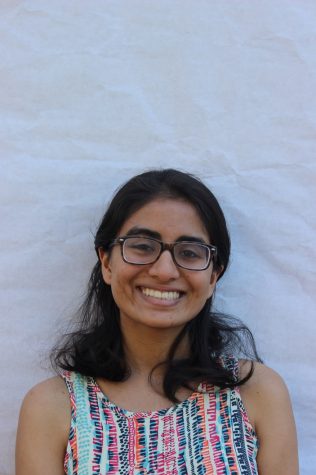Clubs at Dougherty evolve under guidance from Leadership
October 4, 2018
Dougherty Valley’s population has skyrocketed into the three thousands, with the largest freshman and sophomore classes in DV history. As a result, the club scene at Dougherty has had to evolve and grow with it, with Leadership spearheading a set of changes to make the system more organized.
While the total number of clubs seems to have decreased from 2015 (during the 2015-2016 school year, the number of clubs totaled 145 but dropped to 137 by the current 2018-2019 school year), senior Akshat Patel from Leadership’s Club Team maintains that the change in population is largely seen in the increase of club applications: “We’ve had a lot of changes in terms of people who are willing to apply to create clubs. Last year, we had a lot of clubs that applied, but the issue was that we had a lot of clubs that are similar so we had to reject them. Or if their goals were too specific, then they got rejected. We’ve narrowed down the types of clubs in order to promote the diversity.”
This shift towards focusing on the diversity of the clubs rather than on the quantity of them isn’t lost on many of the students.
“DV is such a melting pot for ethnicity, personality and overall passions that there is no focus towards one area of study, but instead each student finds something that they are passionate about and works hard to make themselves proud. In regards to clubs, it is not a question of the masses but of the individual,” junior Shruti Kulkarni said when asked about her opinion of the clubs at the school.
The president of the Math Olympiad Club, senior Nikita Redkar, agrees, but feels that “the volunteering clubs and competitive clubs, I believe, attract the most students because students tend to have one competitive activity and then choose other clubs with regards to their free time.”
This is supported by the data: about 42% of clubs are service-based and an additional 30% are either academic or competition focused.
Many point fingers towards Dougherty students’ need to put a certain type of club on their college apps. Redkar believes that while passion for a topic is integral when forming a club, “students do feel pressured to create a club to ‘look good on college apps.’ For some, this is primary motive, but for most it is not.”
Junior Chilsea Wang, treasurer of the Tri-Valley Youth Music Ensemble, argues that “hobby clubs always do worse than similar clubs at DV that ‘incorporate service’ because there’s this deeply ingrained attitude at DV that if you’re not doing something ‘productive,’ it won’t help you in life.”
This mindset can also present itself in more toxic forms. Leadership says that ghost clubs — inactive clubs that are either created for the sole purpose of being put on college applications or have lost most of their members— are prevalent in considerable numbers, and that the situation is “quite bad.”
Patel says that the sad part is that many of these ghost clubs reapply for many years in a row and the “officers often forge minutes, [and] that is in itself, is dishonest.” For now, he says, Leadership cannot control these clubs because they cannot make assumptions about the validity of the minutes sheets nor can they track the membership of a club after the initial sign-ups.
However, they’ve worked to improve the club system in other ways this year, starting with their decision to move some of the club stalls on Club Day into the quad. The expansion resulted in giving the event a more “bustling” feel and made room for the increasing school population.
They’ve also launched Club Fair, in which Leadership is going to “get together twenty or fifteen clubs and have them showcase their achievements or put together a game that relates to the theme of the month.” Each time someone plays a game, the club is given a point, and the club with the greatest number of points will get a prize, like catering for a meeting. Leadership says they will pick newer and lesser known clubs in order to introduce them to a wider audience.
Leadership had also planned a Club Carnival, in which clubs could advertise or fundraise before a football game, but that idea was cancelled. Instead, they are thinking about holding a “Powderpuff Tailgate” during which clubs can do the same before the end-of-the-year Powderpuff game.
Leadership has recently been congratulated by Mr. Dave Kravitz for having the most organized Club Day yet, and they have high hopes for the events planned throughout the year.

